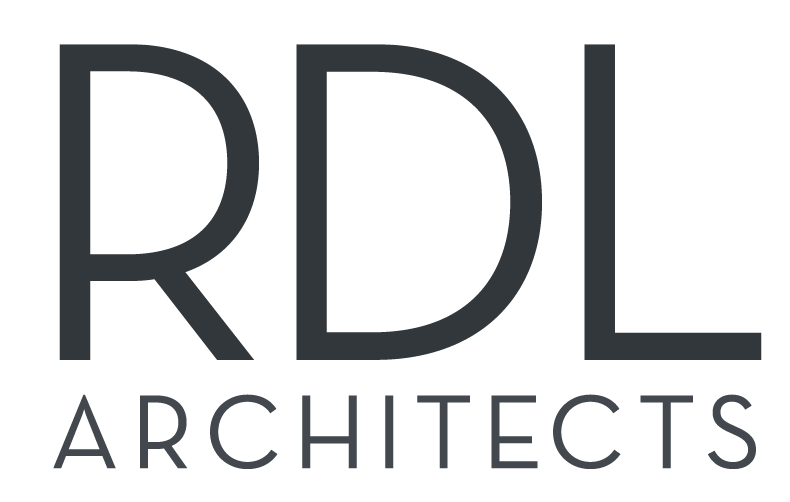Designing Affordable Housing Communities Post COVID-19
Post-COVID Design
Joanne Horton, Residential Director at RDL Architects, recently co-led a discussion at AHF Live in Chicago, IL regarding post-COVID design and how the pandemic has affected the design of affordable housing developments. Along with David Layman, President and CEO of Hooker DeJong (HDJ), Joanne discussed how architects are transitioning and evolving the design of spaces to align with client goals and overall professional industry standards and improve the resident experience.
At the onset of the COVID-19 pandemic, the industry was focused on creating safer spaces for residents. Now, with 2/3 of the U.S. population fully or partially vaccinated, architects are focusing on design trends that are less in response to a virus, and more in response to the cultural change brought on by living through a pandemic. These are trends that will have an impact in perpetuity.
Below are Joanne and David’s top five design tips to further enhance the resident experience in response to the pandemic.
1. DESIGN INTENTIONALLY DISTINCT ENTRY POINTS
Being socially and physically distanced has been an important way to keep residents safe during the pandemic. Because of this, strategies for designing entry/exit points have changed throughout the affordable housing landscape.
One strategy to consider is to utilize “stacked flats” building types as a method for reducing congestion at entrances. Historically very popular with residents, this building type provides private entrances for both the first and second floor units. Stacked flats are also popular with developers and property managers as they lead to cost savings and reduced maintenance, as there are no common corridors.
Another design strategy is to implement entry stoops on ground level units that engage the streetscape. This helps promote vital/walkable/new urbanistic developments that connect the neighborhood to the community.
2. LESS IS ACTUALLY MORE
In early 2020, the overarching theme was that residents would demand more physical space due to being quarantined and having to balance work and homelife all in one place.
Nearly two years later, this mindset is fading, and there is a greater demand for just the opposite.
Residents are forgoing larger units and are downsizing to essential space only. Having small spaces leads to lower rent payments, which is the main driving force behind this recent trend. The demand for a smaller living unit and more shared amenity spaces is increasing, as residents are looking for more options to spend time outside of their home.
3. PLAN TO CREATE BOTH PUBLIC & PRIVATE SPACES
Private entrances and smaller garden-style walk-up buildings are becoming more and more popular. This reduces density in apartment buildings, which decreases the amount of pedestrian foot traffic through an enclosed hallway or corridor and allows for stand-alone amenity buildings. This creates distinct areas of public space, ensuring that these spaces do not overlap with the resident’s daily life.
In environments where apartment buildings are necessary or better suited, public spaces can be centralized on the ground floor with multiple entry points implemented so that residents can easily and safely access community spaces. When available, it is important to design both interior and exterior entry points for community spaces, such as fitness rooms or larger gatherings places.
4. IMPLEMENT WELLNESS & FLEXIBLE SPACES
With the trend of remote/hybrid work environments seemingly here to stay, it is more important than ever before to create flexible, versatile spaces.
Community spaces that are multi-purpose give residents options. Having a space for study rooms, remote workspaces, and even telemedicine wellness rooms is a huge benefit for residents and can be used as a key marketing message for developers and property managers to attract residents. But no matter what the specific programmatic needs are, the key is flexibility in use.
5. CULTIVATE SOCIAL INTERACTIONS WITH RESIDENTS
Outdoor spaces are vital in affordable housing. Not only do these spaces create a general sense of community for residents, but they also provide a safe place for gathering in open-air environments.
Creating a holistic design system (high ceilings, ceiling fans, furniture, lighting fixtures, etc.) in an outdoor environment can bring residents (and their visitors) together in a safe and effective manner. These transitional spaces promote health and wellness and further connect the spaces throughout a residence.
Utilizing these design tips in your affordable housing projects post-COVID can help to ensure that your clients and your client’s residents are happy, safe and can maintain a high quality of life despite the effects of the pandemic.

